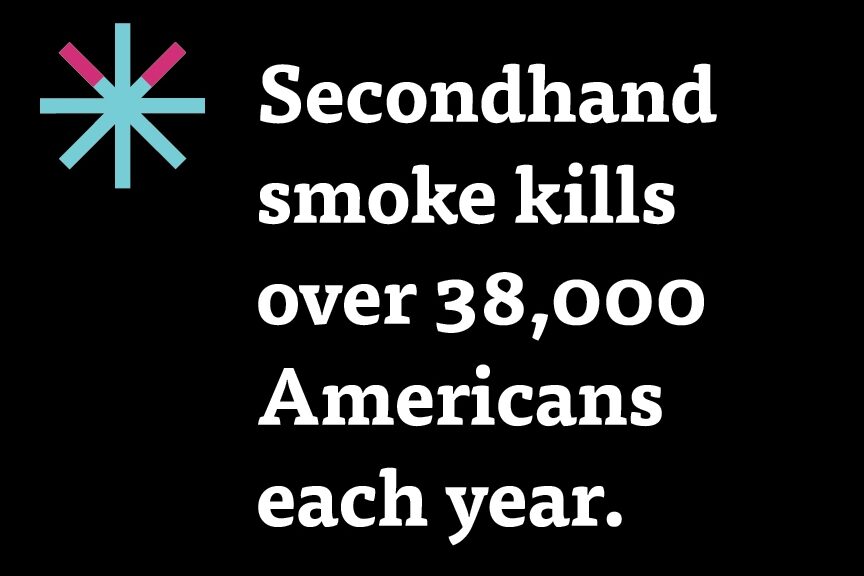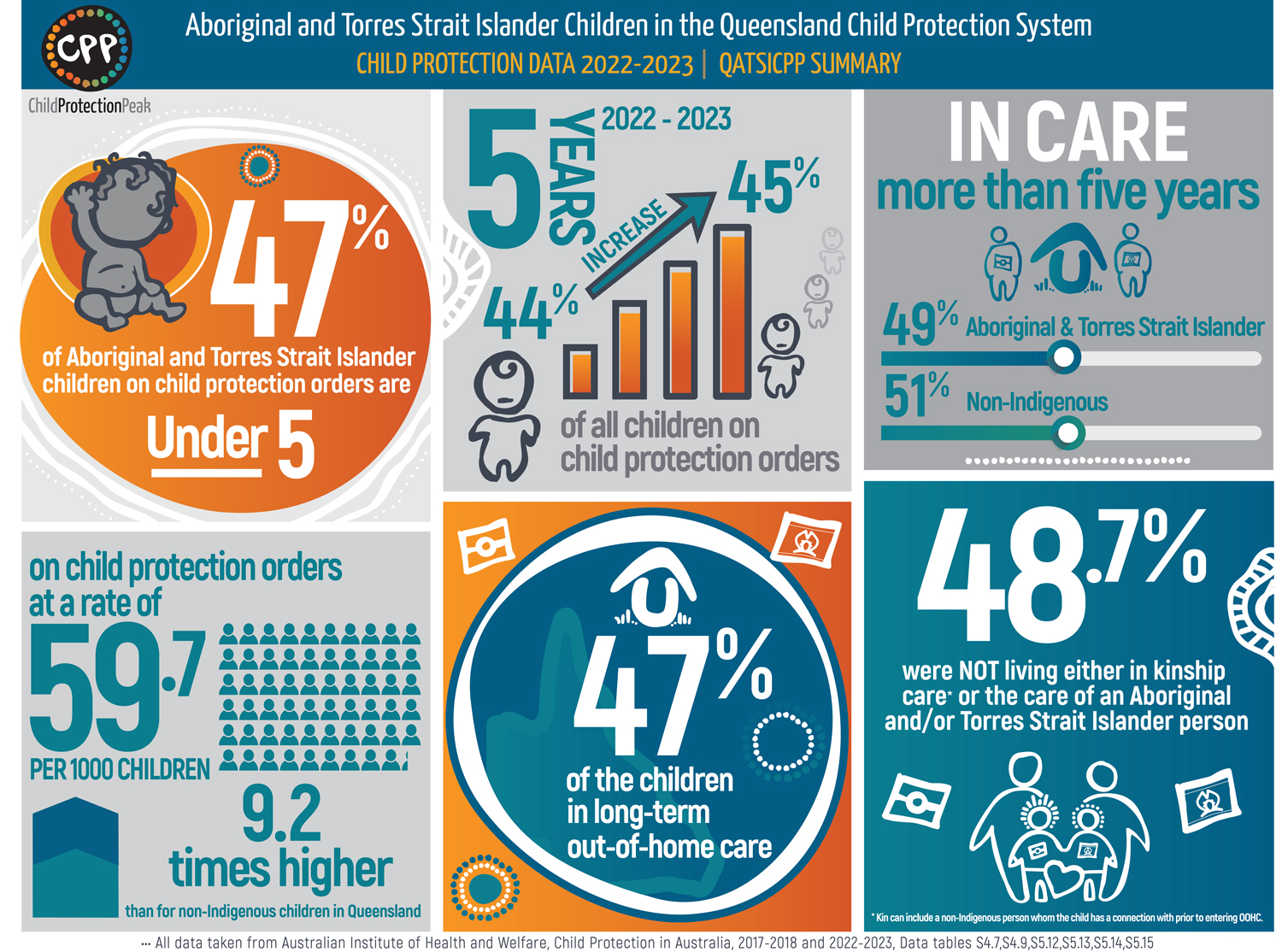WHO : Tobacco Pandemic Still Claims Millions
WHO
The World Health Organization has delivered a stark warning: tobacco continues to kill more than seven million people each year, including non-smokers exposed to second-hand smoke. This outdated yet deadly habit remains one of the most preventable causes of death worldwide. Although decades of anti-smoking efforts have shown progress in some countries, globally the death toll is rising. Consequently, WHO is urging nations to adopt bold new strategies to help people quit and tighten regulation on emerging nicotine products.

WHO : Urgent New Approaches to Quitting
In response, WHO and public health experts are introducing enhanced quitting methods that go beyond traditional advice. Transitioning from willpower-based approaches, they now emphasize evidence-based solutions. AI-powered quit apps, for example, have shown remarkable promise—doubling quit rates in trials. Similarly, combining counselling, nicotine replacement therapy, and community support has been proven to more than double chances of success, compared with unassisted quit attempts . Moreover, recognizing that few countries offer comprehensive services, WHO is calling for universal access to these essential tools.
WHO : The MPOWER Framework Gains Momentum
To support these efforts, WHO continues promoting the MPOWER strategy—an acronym that stands for key tobacco control measures: Monitor use, Protect people, Offer help, Warn about dangers, Enforce bans, and Raise taxes. This coordinated approach has already protected 6.1 billion people worldwide. Nevertheless, only four countries have implemented the full MPOWER package. Therefore, WHO is pushing for global expansion and stronger enforcement—particularly on graphic warning labels and taxing harmful products.
WHO : Vaping and New Products Amplify the Risk
Unfortunately, the tobacco challenge is evolving. Vapes and heat-not-burn products are aggressively marketed—especially to youth—without adequate health warnings or regulation. Because of this, WHO warns that gains in tobacco control could be undone unless vaping and novel nicotine products are included in stricter policies. Key measures include extending graphic warnings to vapes and imposing tax rates similar to or higher than those for cigarettes.
Economic and Health Impacts Are Enormous
The human cost is mirrored by an immense economic burden. Globally, tobacco-related illness drains over one point four trillion dollars annually, while low- and middle-income countries lose around one percent of their GDP to treatment costs and lost productivity. Even so, increasing taxes not only discourages smoking but also raises public revenue—funding health programs and education. Thus, taxation emerges as a powerful policy tool for both prevention and recovery.
Behavioural Insights and Campaign Innovations
Recent behavioural science has influenced campaign design. Studies show that positive messaging can be more effective for users who doubt their ability to quit, and graphic warnings resonate with more determined smokers. At the same time, successful US initiatives—like the CDC’s “Tips From Former Smokers” campaign—have yielded spikes in quitline use and engagement. As such, a balanced messaging strategy combining empathy with hard truths is now central to global advocacy.
Equity and Access Remain Major Challenges
Despite global frameworks, many vulnerable groups still lack access to quitting tools and support. Only twenty-three countries offer fully covered cessation services, leaving millions to rely on costly or inadequate resources. To address this, WHO recommends universal coverage of counselling, medication and combined therapies—especially in underserved areas.
Global Collaboration: A Vital Lifeline
Against this backdrop, the upcoming World Conference on Tobacco Control in Dublin remains vital. WHO uses this platform to urge nations to close gaps in the MPOWER framework, strengthen regulation on new products, and invest in digital quit tools. As Dr Tedros highlighted, the fight remains fragile and must evolve with industry tactics.
Conclusion: Turning Warning into Action
Ultimately, the WHO warning reminds us that tobacco remains a modern tragedy despite decades of effort. However, with innovative strategies—AI-powered apps, targeted messaging, international regulation, and equitable access—this crisis can be reversed. Coalitions of governments, health agencies, and communities can transform warning into quitting and save millions of lives.



